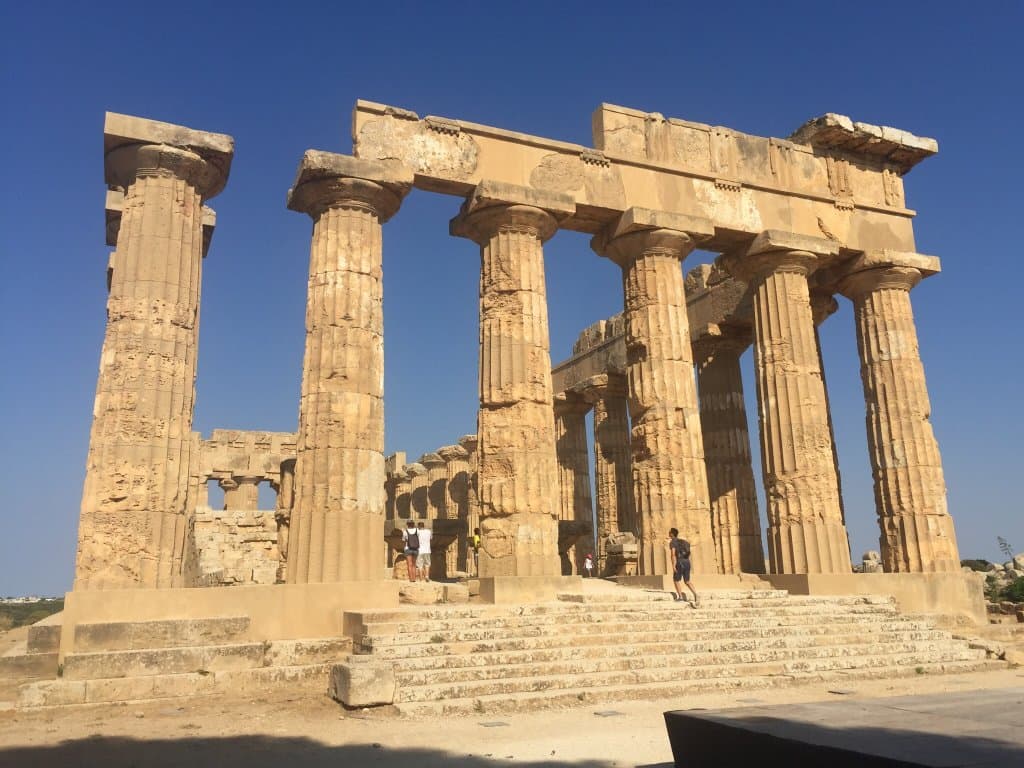
Cave di Cusa Quarries
Witness the colossal stone quarries of ancient Selinunte, where massive blocks were carved for temples millennia ago. A testament to ancient engineeri...
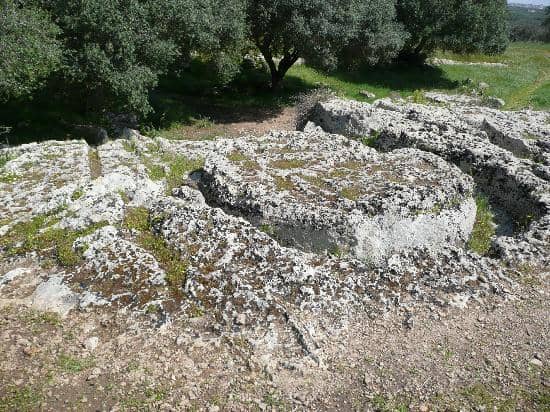
Highlights
Must-see attractions

Social
From TikTok & Reddit
Best Time
Reservations required

Cave di Cusa Quarries
Best Time
Reservations required

Highlights
Must-see attractions
Witness the colossal stone quarries of ancient Selinunte, where massive blocks were carved for temples millennia ago. A testament to ancient engineering.
"Magic site! Even STARTING a task like hammering these huge blocks from the rocks seems to be impossible.yet it has been done. A work for giants "
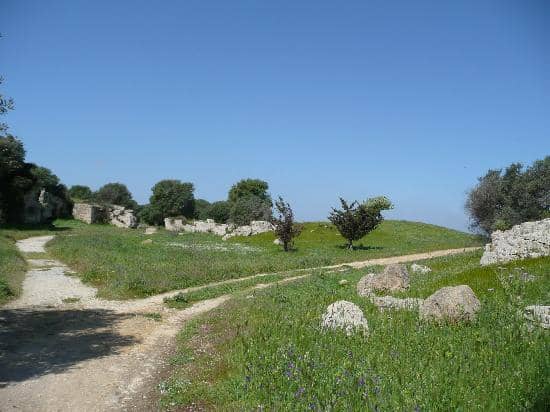
🎯 Book Your Visit Online
Reservations are essential, especially for afternoon slots. Check for booking procedures as on-site sales are discontinued. :ticket:
📚 Research Before You Go
Understanding the history of these quarries will greatly enhance your appreciation of the site. :books:
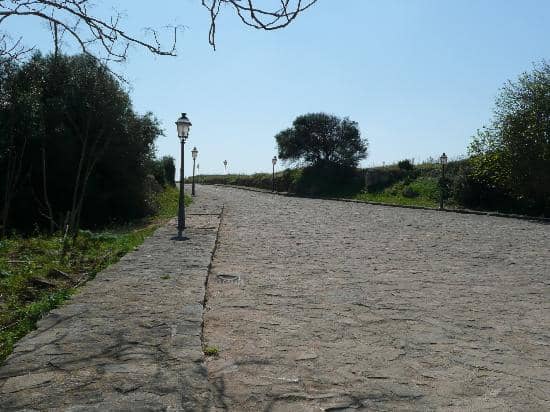
Highlights
Discover the most iconic attractions and experiences

Ancient Limestone Quarries
Near Selinunte, Sicily
Witness colossal stone blocks, carved millennia ago for Selinunte's temples. A testament to ancient ingenuity.

Unfinished Columns
Within the quarry site
See massive, partially extracted columns, frozen in time, offering a glimpse into the quarrying process.
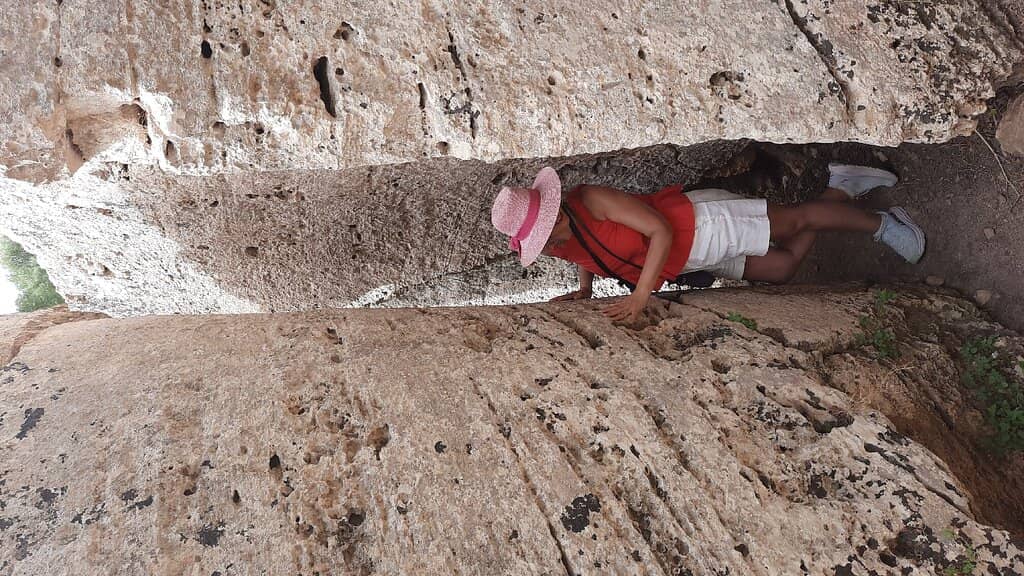
Tranquil Historical Site
Surrounding quarry landscape
Enjoy a peaceful exploration of this small but historically rich site, far from the usual tourist crowds.
Plans like a pro.
Thinks like you
Planning Your Visit
Book Ahead for Access
Understand the History
Best Times
Insider Tips
from TikTok, Instagram & Reddit
🎯 Book Your Visit Online
Reservations are essential, especially for afternoon slots. Check for booking procedures as on-site sales are discontinued. :ticket:
📚 Research Before You Go
Understanding the history of these quarries will greatly enhance your appreciation of the site. :books:
🚶♀️ Explore the Small Site
It's a compact area, but packed with history. Allow time to absorb the ancient atmosphere. :walking:
🚗 Consider Transportation
Petrol prices can be high, so factor this into your travel budget. :car:
Tips
from all over the internet
🎯 Book Your Visit Online
Reservations are essential, especially for afternoon slots. Check for booking procedures as on-site sales are discontinued. :ticket:
📚 Research Before You Go
Understanding the history of these quarries will greatly enhance your appreciation of the site. :books:
🚶♀️ Explore the Small Site
It's a compact area, but packed with history. Allow time to absorb the ancient atmosphere. :walking:
🚗 Consider Transportation
Petrol prices can be high, so factor this into your travel budget. :car:
What Travellers Say
Reviews Summary
Visitors are captivated by the sheer scale and historical significance of the Cave di Cusa Quarries, marveling at the ancient engineering. However, the mandatory reservation system and lack of readily available English information have caused frustration for some. Despite these logistical hurdles, the site's unique glimpse into ancient construction remains a powerful draw.
"Magic site! Even STARTING a task like hammering these huge blocks from the rocks seems to be impossible.yet it has been done. A work for giants"
Larah Oh
"ONLY accessible when RESERVATION after 2pm.
+ extra costs will be charged.
Uses to be an entrance with ticket sale at location, but they stopped it, due to cost efficiency/ less reservations?!
Website information not available in English? (We are in 2024, not back in Greec times…)
This was not mentioned on the map we received at the museum.
Good that the petrol price is so high at the moment 😣"
R
"A beautiful tranquil place, with the added benefit of quarried stone from thousands of years ago.
Take my advice and do some reading about the history before you go, so that you can fully appreciate what you are looking at and how they were created and why they were never used."
Addick Jups
What People Like
What People Dislike
Frequently Asked Questions
🚇 🗺️ Getting There
The Cave di Cusa Quarries are located near the ancient city of Selinunte in Sicily. Access is typically by car, with parking available nearby. It's advisable to check local driving conditions and potential road closures.
Public transport options to reach the remote quarry site can be limited. It's best to research local bus schedules in advance or consider a taxi service from nearby towns like Selinunte or Mazara del Vallo.
From Selinunte, the Cave di Cusa Quarries are a short drive away. Many visitors combine a visit to the archaeological park of Selinunte with the quarries.
Absolutely! The most popular combination is with the Archaeological Park of Selinunte, which is just a few kilometers away. You can also explore the charming town of Mazara del Vallo.
The roads leading to the quarries are generally paved but can be narrow in places. Be mindful of local traffic and agricultural vehicles.
🎫 🎫 Tickets & Entry
Yes, reservations are now mandatory for visiting the Cave di Cusa Quarries, especially for afternoon visits. On-site ticket sales have been discontinued.
Information on how to make reservations should be sought from official local tourism websites or by contacting local authorities. The website information is not always available in English.
It's possible that extra costs may be charged beyond the reservation fee, so it's wise to inquire about all potential charges when booking.
Access is often restricted to specific times, particularly after 2 PM due to reservation requirements. It's crucial to confirm the exact visiting hours when making your reservation.
No, on-site ticket sales have been stopped. You must secure a reservation in advance.
🎫 🧭 Onsite Experience
You'll see massive, partially quarried limestone blocks, including unfinished columns, that were intended for the temples of ancient Selinunte. It's a fascinating look at ancient construction methods.
The site is relatively small, so a visit typically takes about 1-2 hours. This allows ample time to explore and appreciate the historical significance.
While children can visit, the site is primarily of historical interest. Ensure they are supervised due to the uneven terrain and large stone blocks.
Wear comfortable walking shoes as the terrain can be uneven. Sun protection like a hat and sunscreen is also recommended, as there is little shade.
Yes, photography is generally allowed. The dramatic landscape and ancient stonework make for excellent photo opportunities.
📸 📸 Photography
Look for shots that capture the scale of the quarried blocks against the sky, or focus on the intricate details of the unfinished columns. The surrounding landscape also offers beautiful vistas.
The golden hour light can be stunning here, casting long shadows and highlighting the texture of the stone. Check visiting hours to ensure you can stay for sunset.
A wide-angle lens is great for capturing the vastness of the quarries, while a prime lens can help focus on the details of the stonework. A tripod can be useful for low-light conditions.
Drone usage is often restricted at archaeological sites to protect the heritage and for safety reasons. It's best to check local regulations before flying a drone.
Early morning or late afternoon light provides softer, more dramatic shadows, enhancing the textures and forms of the quarried stones.
For Different Travelers
Tailored advice for your travel style
👨👩👧 Families with Kids
To make the visit more engaging, consider a brief pre-visit chat about ancient civilizations and quarrying. Pack plenty of water and snacks, and ensure everyone wears sturdy shoes and sun protection. The site is best explored at a relaxed pace, allowing kids to wander and observe without feeling rushed. Combining the visit with the nearby Selinunte archaeological park might offer a more varied experience for younger visitors.
🏛️ History Buffs & Archaeology Enthusiasts
Delve into the theories surrounding the quarry's abandonment and the unfinished state of many of its creations. Researching the architectural plans of Selinunte's temples beforehand will allow you to visualize where these stones were destined to go. The site offers a rare glimpse into the 'behind-the-scenes' of ancient construction, making it a profoundly rewarding experience for any archaeology enthusiast.
Deep Dives
In-depth insights and expert knowledge
The Engineering Marvel of Cave di Cusa
What makes these quarries particularly fascinating is the evidence of an abrupt cessation of work. Many blocks were left partially carved, and some columns were never fully detached or transported. Theories abound for this abandonment, ranging from logistical challenges to the eventual decline of Selinunte itself. Exploring the site offers a unique opportunity to ponder the immense human effort and ingenuity involved in such an undertaking, and the mysteries that still surround its completion.
Modern visitors can gain a deeper appreciation by researching the quarrying techniques used. Tools and methods employed by the ancient Greeks allowed them to shape and move these enormous stones, a feat that still sparks wonder today. The site is a tangible link to the past, allowing us to connect with the daily lives and ambitious projects of those who lived millennia ago.
Planning Your Visit: Practicalities and Insights
When you arrive, wear comfortable walking shoes as the terrain is uneven and rocky. There is limited shade, so sun protection such as a hat, sunglasses, and sunscreen is highly recommended, especially during the warmer months. Bringing water is also a good idea. The site itself is relatively compact, making it manageable for a visit of 1-2 hours.
To truly make the most of your visit, it's highly recommended to do some reading about the history of the quarries before you go. Understanding the context of how and why these stones were quarried for Selinunte's temples will significantly enhance your appreciation of the site's historical and archaeological importance.
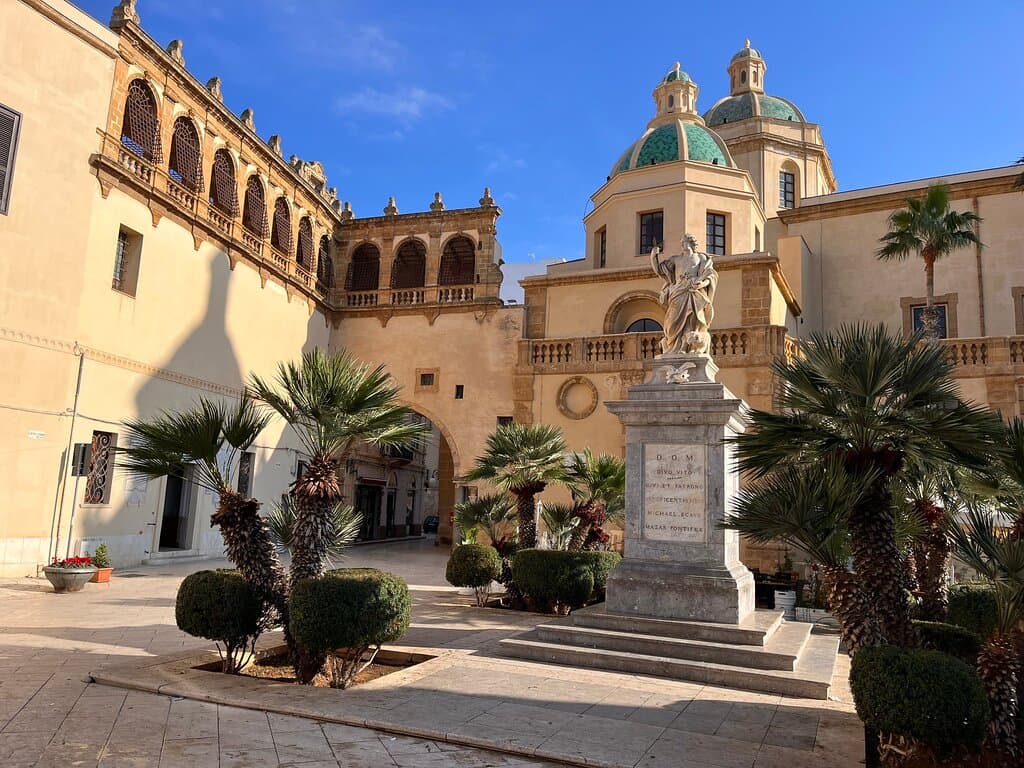
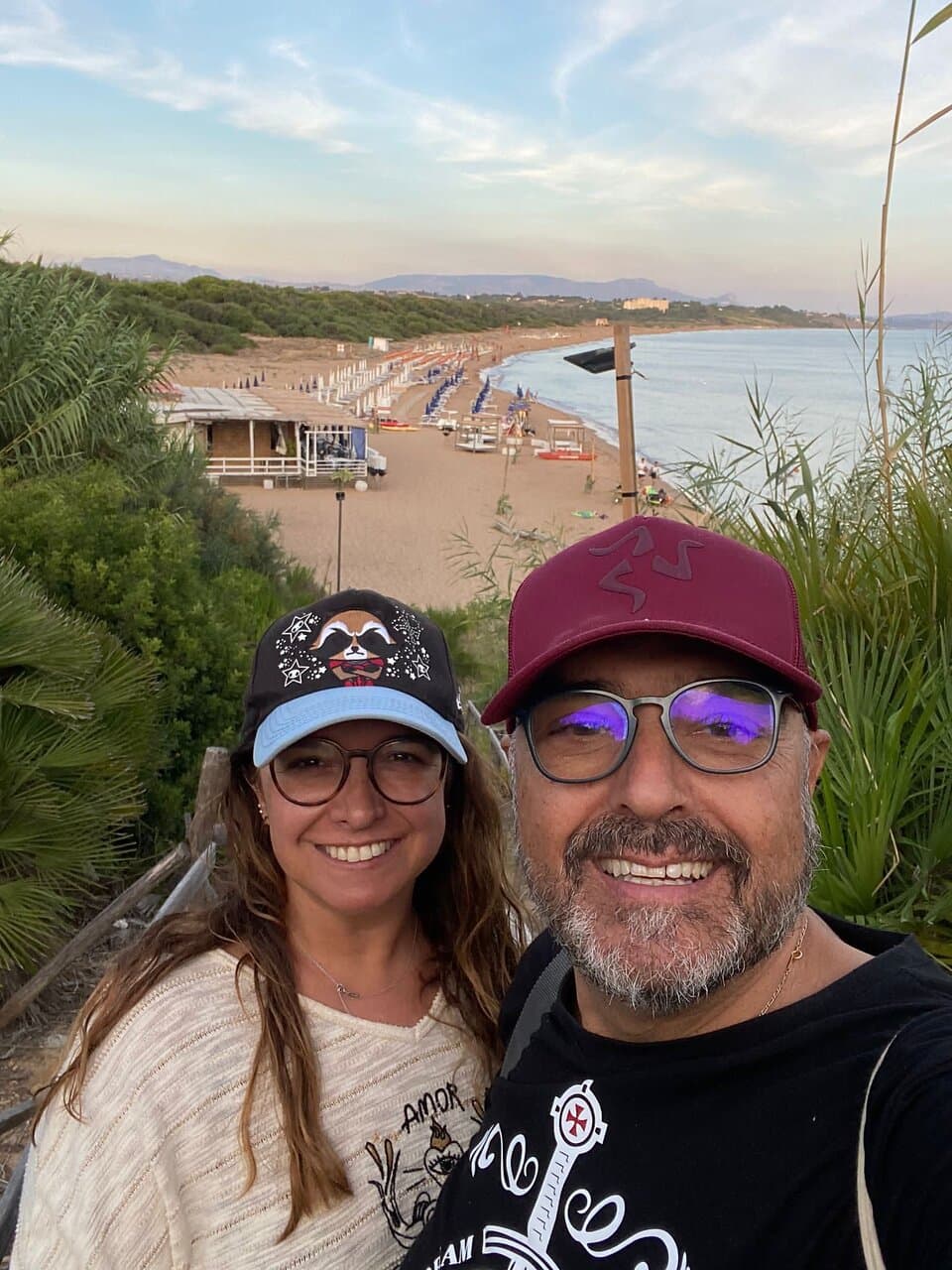

Social
from TikTok, Instagram & Reddit